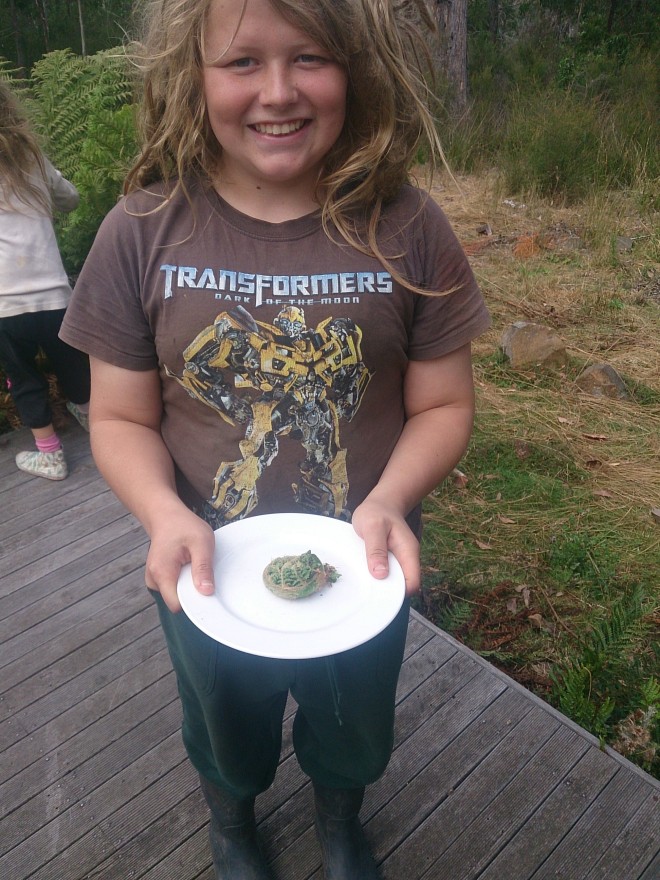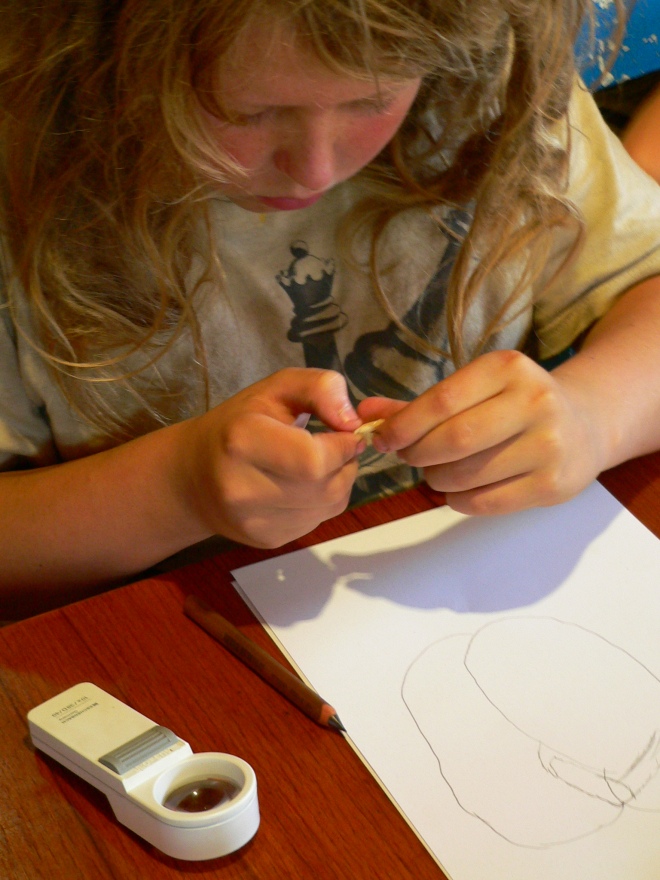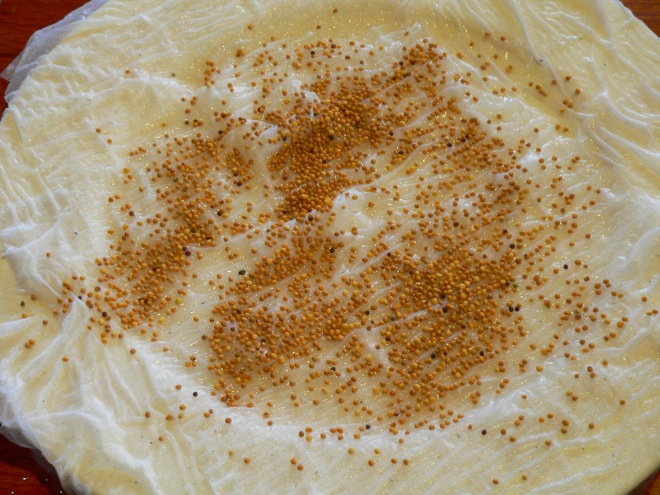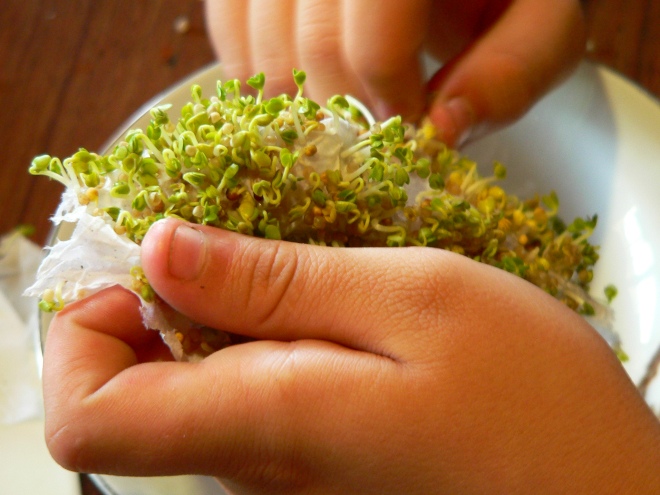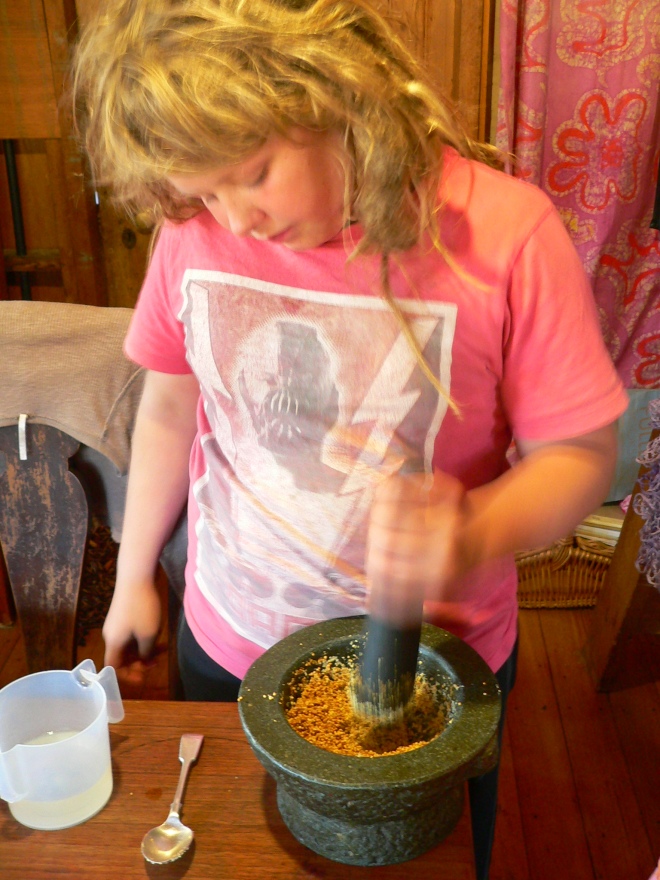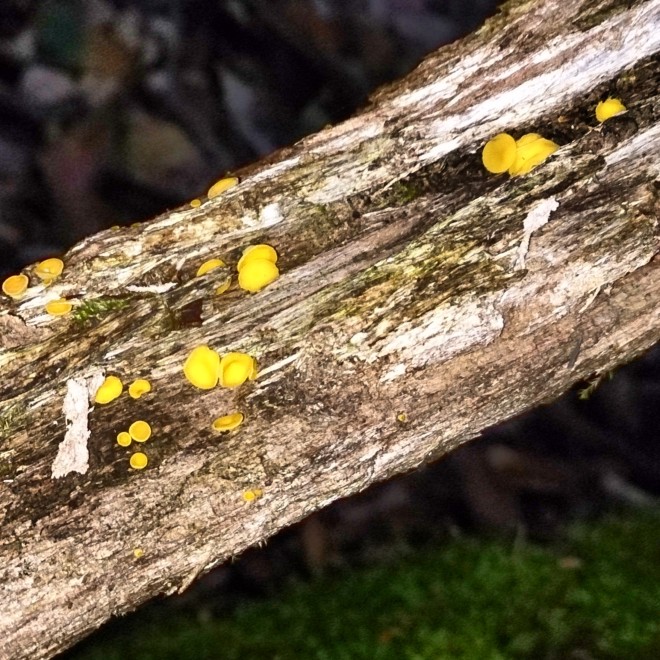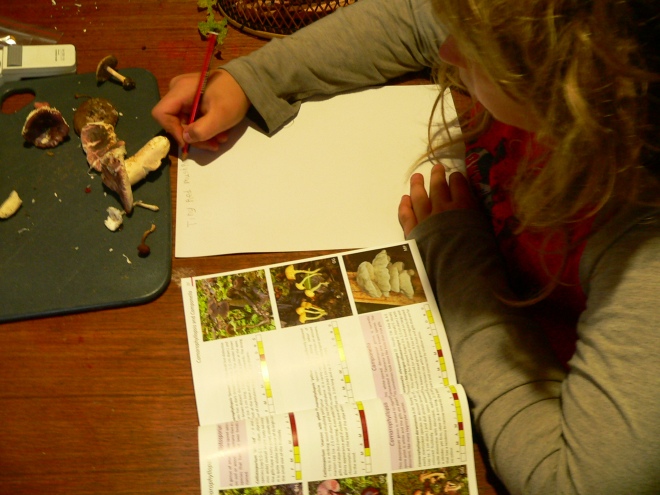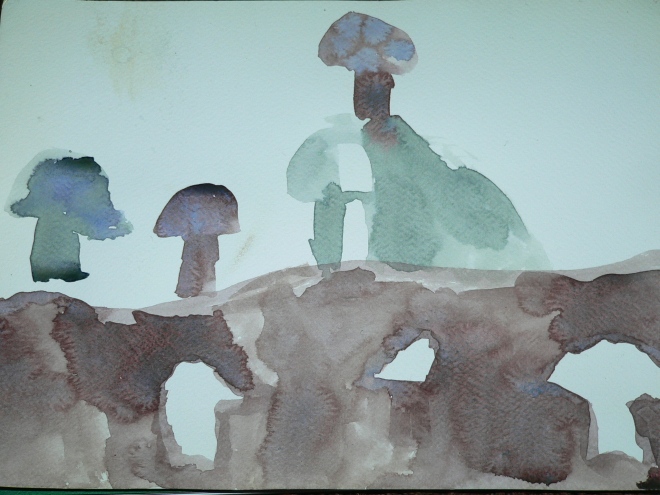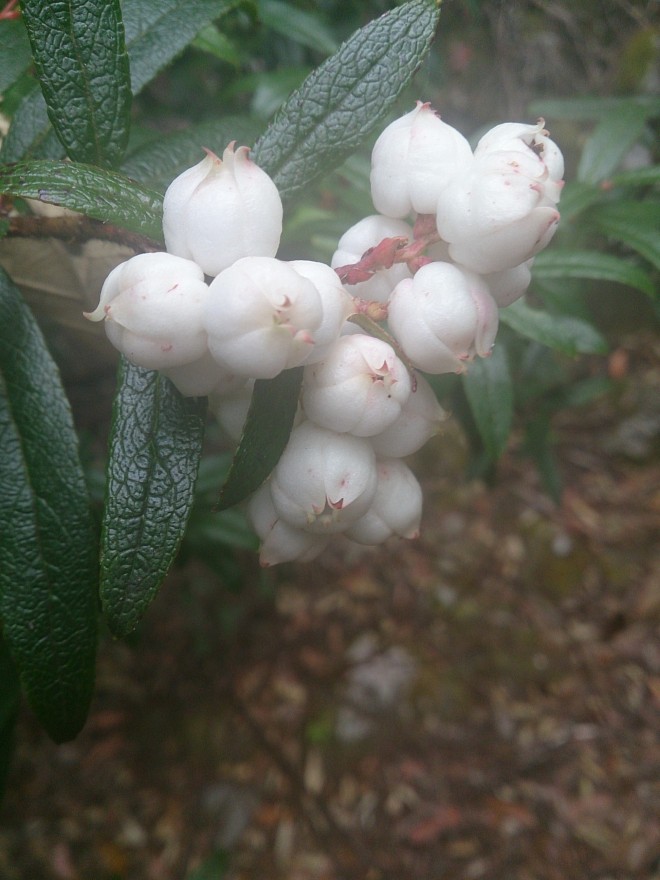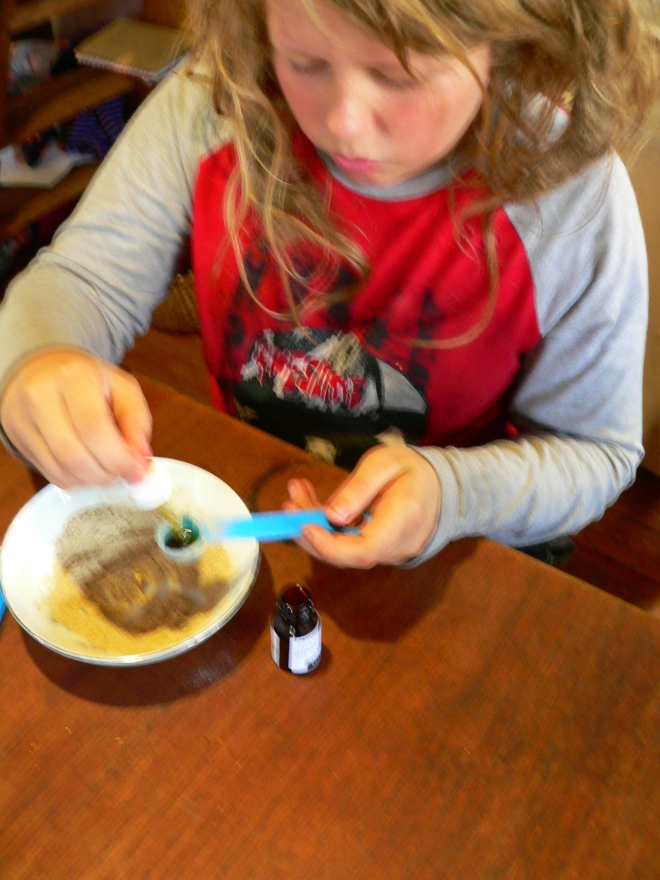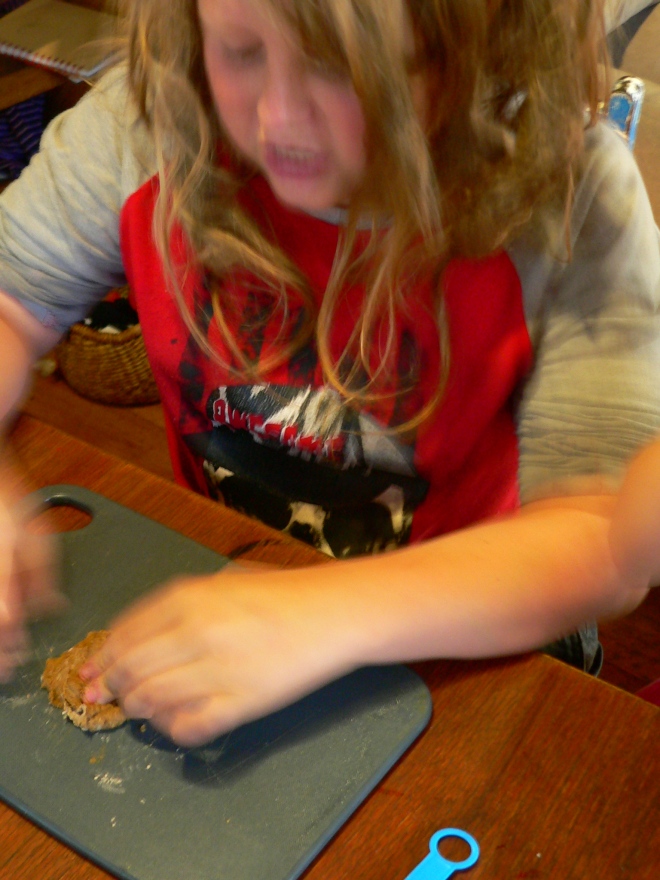It’s been a while now, since we finished Elki’s first Botany block, but I’m just getting around to recording what we did. In a previous post here I shared about how we made herbal throat balls as an activity for Botany, here’s how I approached the rest of the block with Elki.
Botany for us is really one of those subjects that we are ‘living’ all the time. Whether it’s through gardening, going for bush walks and camping, playing in the bush, visits to the botanical gardens, reading field guides and books, actively standing up for our endangered environment against those threatening it’s destruction, or simply observing nature, we are surrounded by plants and honour them, in our own way, daily. For Elki’s first Botany block I really just wanted to introduce him to things that he perhaps hadn’t yet been exposed to, and start to look at the more scientific descriptions of plants.
The list of books I used, and also had available for Elki to peruse if he was interested, is quite long, so I’ll just mention the main ones that we used the most – Botany by Charles Kovacs, Botany of the Flowering Plants by Eleanor Tan, Herbal Manufacturing-How to Make Medicines from Plants by Jenny Adams and Eleanor Tan, The Botany Colouring Book by Paul Young, A Field Guide to Tasmanian Fungi by Genevieve Gates & David Ratkowsky, A Guide to Flowers & Plants of Tasmania by the Launceston Field Naturalists Club, Wild Food Plants of Australia by Tim Low, and The Weed Forager’s Handbook by Adam Grubb & Annie Raser-Rowland. I also got inspiration from Eric Fairman’s A Path of Discovery guide for Grade 5.
‘The Plant’
Johan Wolfgang Von Goethe
In woods I wandered
one day alone,
and nothing seeking
just on my own.
I saw in shadow
a flower rise,
like star a’sparkle,
like lovely eyes.
I wished to pluck her-
she spoke with a bow:
“Must I wither
be broken now?”
I took her gently
with roots and all,
to my own garden within the wall.
There she was planted,
in pleasant place,
and blooms forever,
and grows apace.
We began with the Aboriginal myth “The Gift of Flowers”, we were also reading aboriginal mythology at this time so it fitted really well. I read daily from Kovac’s Botany book, and in the first lesson read the story of The Life Cycle of a Flowering Plant, which I put together from two sources, Eric Fairman and Eleanor Tan. This can be found here under my stories menu.
Elki was really interested in exploring native edible plants, and the easiest for us to try first was on our doorstep, the crozier of our native tree fern,
not the most delicious! But lots of fun to try.
With my herbal knowledge (which is very quickly leaving my brain!) we talked about different herbal medicines and the plants they are made from. Elki tried some different herbal extracts, enjoying cayenne the most.
Each day we read from Botany of the Flowering Plants, firstly learning about the two different classes of flowerings plants, Monocotyledons and dicotyledons. We explored these by observing the different structures of a thistle plant and some grass, in particular the root systems.
Elki examined and drew the parts of a bean seed ,
and sprouted some mustard seeds to observe the seed leaves.
And with the left over soaked mustard seeds Elki had a go at making mustard.
As we continued with our readings I also got Elki to do some of his own reading and answer some questions about what he’d learned. I didn’t continue the questions throughout the block though, he hates writing, and I didn’t want to dampen his enthusiasm for learning about plants. By the end of the block we had read about seeds, roots, stems, and leaves, and briefly began learning about flowers, but I wanted to leave this until spring or summer when I hope to do another Botany block and there is actually some flowers blooming around us!
We also sat down on some of our lesson days and each did a colouring (Anusha too) from The Botany Colouring Book. (I photocopied extra copies so we could all colour the same page).
At the beginning of the block I asked Elki to think about an area of botany that really interested him, to do a project on. I said he could approach it in any way he liked, and present it however he wanted. He eventually decided on Fungi and his project was to observe and identify fungi (as best as we could), and then record it in a fungi diary.
We started going on fungi walks in our area and a bit further abroad, keeping our eyes peeled for these humble little earth bodies,
as it was autumn we found some amazing fungi, growing in such abundance and in varieties none of us have ever seen before. If it wasn’t for Elki’s project I’m sure it would have taken us a lot longer to notice what special fungi we have growing here in Tasmania!
We picked a few specimens to dry, but mostly we took photographs, which I then got printed for Elki and I to put in our diaries (I started making one too). I’m not sure if this is something Elki will continue to do, but it was a wonderful thing to start and I do like the idea that it is something he can return to next Autumn if he wants to.
We also did some watercolour painting, using lesson ideas from Painting and Drawing in Waldorf Schools. Suitably we did one of fungi,
also tree ferns,
and this one of a gum tree.
Another activity which I want to do with the children and also want to explore in depth for myself is dyeing with native plants. We had a brief attempt at making an Eco Print (a technique developed by India Flint) with gum leaves which was not very successful but it is something we are definitely going to explore and try again.
I think the thing we all like to do the most though is to go for walks and explore nature and the plants growing around us,
like this stunning Mountain Rocket growing in the Hartz Mountains National Park,
the exquisite Copperleaf Snowberry growing on Mt. Wellington,
the magnificent forest and fungi on this lovely walk to the Silver falls on Mt. Wellington,
and the beautiful array and shades of autumn leaves that we visit each year at the Hobart botanical gardens.
As a family we have a deep affection for the growing and living beauty of plants, and I believe Elki and Anusha’s love and respect of nature, and the days spent alongside her will be the way in which they absorb most of their knowledge about plants. But Elki also enjoyed looking a bit more in depth into the worlds within plants that he does not ordinarily see, hopefully this will only enhance his wonder and appreciation of our natural world.

